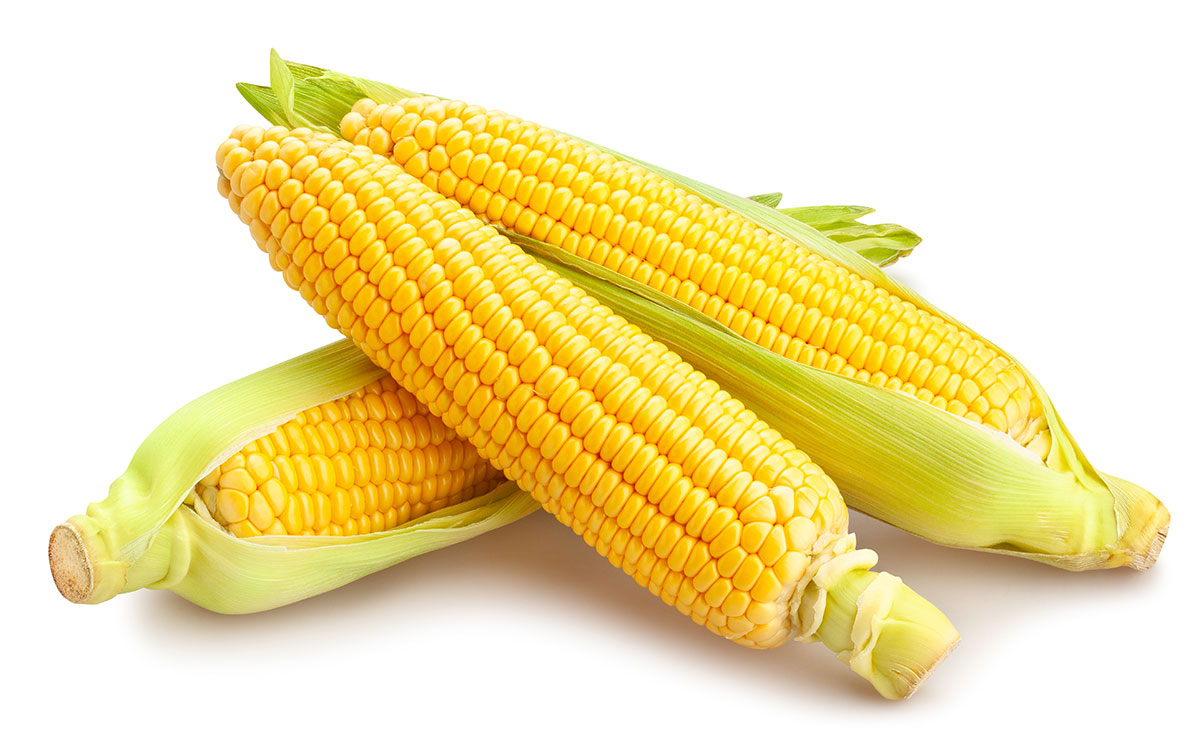
Fertilize Sweetest Sweet Corn at Home from Seeds
With the first snowfall out of the way, thoughts turn to spring. Are you already culling seeds and planning your vegetable garden? Good, because planning makes the process easier!
How long does corn take to grow from seed? One of our area's favorite crops is sweet corn, and instead of watching the roadside stands, consider growing your own. With a 10-week seed-to-harvest timetable, week-by-week planting, plenty of water, and proper fertilizing, enjoy your own crop of sweet corn, picked from your own garden, throughout the summer.
Soil preparation, water, and an easy-to-follow three-step fertilizing plan will help you grow the sweetest yields of sweet corn. While the ground is soft and before planting season, it is important to turn over the soil and add compost. The ideal soil pH level is around 6 (slightly acidic), and the pros at Rohrer Seeds can test soil samples and suggest the best nutrients and additives for your garden base.
Traditionally, the first batch of Sweet Corn is ready for picking by July 4th. If that is your timetable, sow the first seeds during the mid-to-end of April, when the biggest danger of frost has passed. And to keep a steady summer supply of Sweet Corn, sow new rows of seeds every 10 days (about 1 and a half weeks) or so!
Sweet corn fertilizing stages, step-by-step
Step 1: Fertilizer at planting time
Optimally, corn seeds and seedlings do best with a light dose of fertilizer; pure compost added to the planting furrows is a great nutritious start. Equal amounts of Nitrogen, phosphorus, and potassium work well, but use a light touch so the seeds and sprouted plants do not burn from over-fertilization. Use a fertilizer with an NPK (nitrogen, phosphorus, potassium) ratio of 20-20-20. This is a balanced start for sweet corn. Water regularly so the soil stays moist but not soggy.
Step 2: 3-4 weeks as the corn develops stalks
At 3-4 weeks out, Nitrogen is being pulled from the soil at a rate where fertilizer is necessary to support the growing stalks. During this growth spurt, the plants do best with a side dressing of nitrogen-rich fertilizer placed a few inches from the stalk of the corn. Thorough watering is also needed. An NPK fertilizer with a 12-0-0 ratio of slow-release granules is considered standard, although the folks at Rohrer's have some advanced fertilizer formulas that work well with our region's soil composition and density.
Step 3: 7-10 weeks as the silk, cob, and sweet kernels develop
Once the stalks start sprouting, the last fertilizer application should be richer in phosphorus and potassium to encourage cob and kernel development and growth. This application is, again, a side dressing so as not to burn plant roots. Some gardening experts use a high-potash fertilizer during this time, the same NPK (3-4-6) that would be used for growing tomatoes. As a fast-growing plant, sweet corn continues to need plenty of water.
Pretty soon, you will have a bumper crop of sweet corn. Get the water boiling, shuck the corn, and enjoy the true farm-to-table deliciousness of your own sweet corn.
Want to skip the extra work of the aforementioned traditional 3-step fertilizer process of fertilizing sweet corn seeds? Rohrer Seeds recommends a brilliant sweet corn fertilizer called Hyr Brix Sweet Corn Fertilizer. It combines multiple forms of nitrogen that break down at different speeds. This allows you to apply the fertilizer once instead of 2-3 times during the growing season, as with traditional fertilizers. It is packed with the essential nutrients all sweet corn plants need, so it works even better than a general fertilizer! Hyr Brix sweet corn fertilizer has an NPK of 16-7-10 with Ca2 S6 (Calcium and Sulfur).




Leave a comment